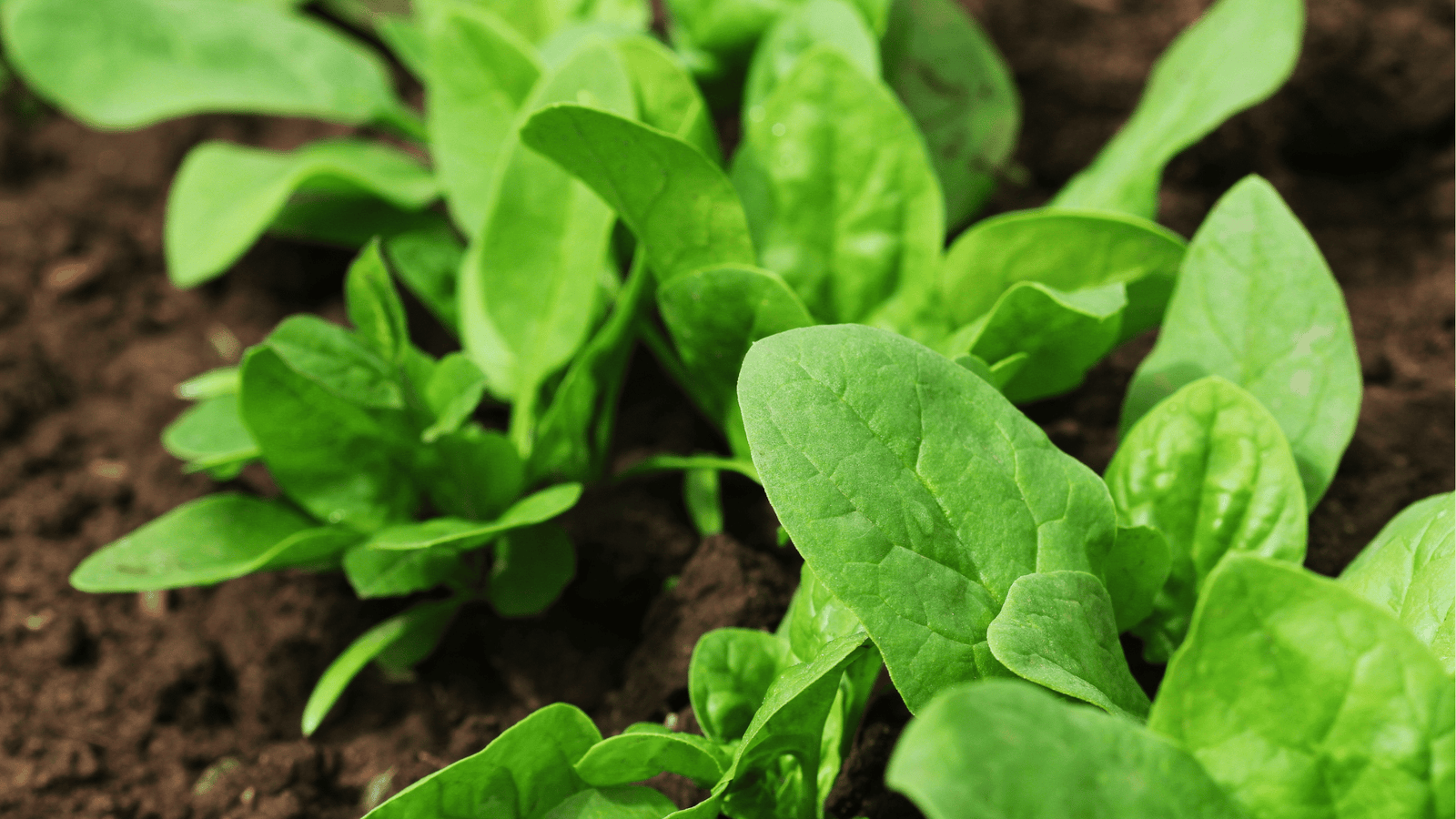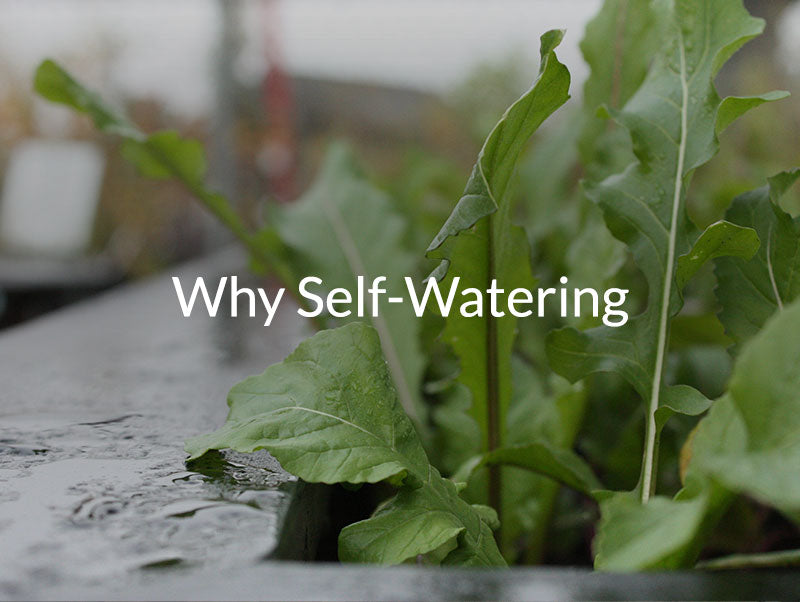Spinach Growing Guide🥬: Planting, Care, and Harvesting Tips for Self-Watering SIP Gardens

Introduction
Spinach is a cool-season superstar — fast-growing, versatile, and rich in nutrients. Whether you're planting in a LifeSpace Garden or using GardenWells sub-irrigation kits, steady hydration keeps leaves tender, delays bolting, and delivers a lush, ongoing harvest.
When to Plant Spinach
-
Spring: Sow as soon as the soil is workable — typically March through April. See our March Gardening Guide for timing tips.
-
Fall: For a second harvest, plant again in late August to early September. Visit the September Gardening Guide for fall planting strategies.
-
Succession Planting: Sow seeds every 2–3 weeks for continuous yields through spring and early summer.
Square Foot Gardening Spacing
-
Spacing: 9 plants per square foot (~4” apart)
-
Depth: Sow seeds ½” deep
-
Thinning: Thin seedlings to the strongest plants
-
Companions: Works beautifully with radishes, peas, and strawberries.
How to Plant Spinach
Direct Seeding
-
Sow 2–3 seeds per hole and thin to one strong seedling.
-
Keep the top 1 cm of soil consistently moist until germination (~5–7 days).
-
A gentle mister helps avoid displacing seeds.
Transplanting (Optional)
-
Transplant plugs when they have 2–3 true leaves.
-
Top-water gently for the first 7–10 days so roots reach the SIP moisture zone.
Watering Your Spinach
Spinach loves steady hydration:
-
Use your WaterStem to monitor levels: when the Hummingbird rises, your reservoir’s full; when it drops, it’s time to refill.
-
Before establishment: Lightly top-water daily until roots take hold.
-
After establishment: Refill reservoirs about every 1–2 weeks depending on weather.
-
Mulch lightly to regulate soil temperatures and reduce evaporation.
-
See the March Gardening Guide for seasonal watering tips.
Harvesting Spinach
-
Baby Leaves: Ready in ~30 days from sowing.
-
Cut-and-Come-Again: Snip outer leaves, letting the plant regrow from the center.
-
Fall Extension: See the October Gardening Guide for tips on frost protection and extending your season.
Common Issues & Fixes
| Issue | Likely Cause | Solution |
|---|---|---|
| Bolting Too Early | High temps, long days | Plant early/late, mulch to cool soil, succession sow |
| Yellow Leaves | Low nitrogen | Supplement with compost or balanced organic fertilizer |
| Leaf Miners | Tiny tunnels in leaves | Remove affected leaves and encourage beneficial insects |
Companion Plants for Spinach
Best companions (with cross-links):
-
Radishes → Quick-growing and loosen soil for spinach roots. Plant together in March.
-
Peas → Light nitrogen fixers; vertical growth saves space. Start peas alongside spinach in early spring.
-
Strawberries → Groundcover synergy; strawberries shade spinach roots in warm weather.
-
Alliums (green onions/chives) → Light pest deterrents; plant along the edges.
-
Lettuce → Interplant for multi-layer harvests in early April.
Avoid planting with:
-
Fennel → Can inhibit spinach growth.
-
Heat-loving crops like peppers and tomatoes nearby; plant these later in the season once spinach is mostly harvested.
Layout Tip:
-
Plant 9 spinach per sq ft.
-
Tuck radishes or scallions along the edges.
-
Add a small pea trellis behind your spinach bed for spring succession layering.
Product Tips
-
Small patios? Try CondoFarms self-watering planters for a compact, high-yield spinach setup.
-
DIY gardeners? Install GardenWells inserts to automate watering.
-
Larger harvests? Build with custom self-watering raised beds for continuous greens.







